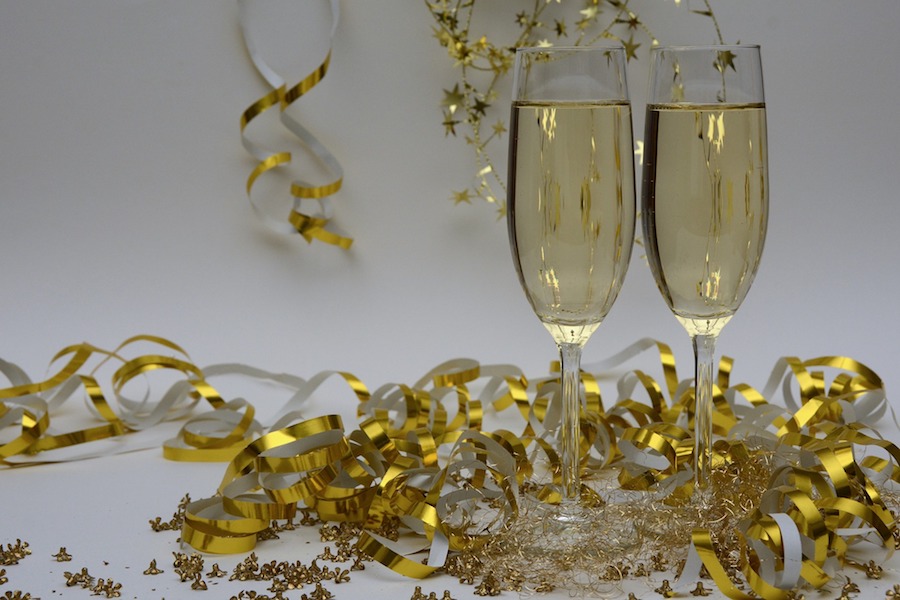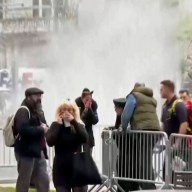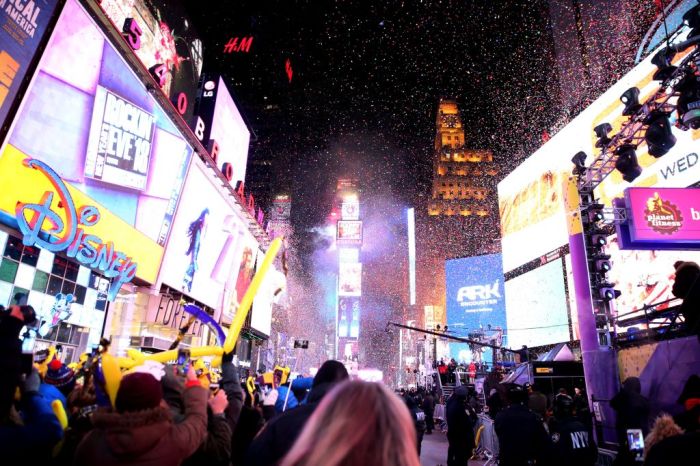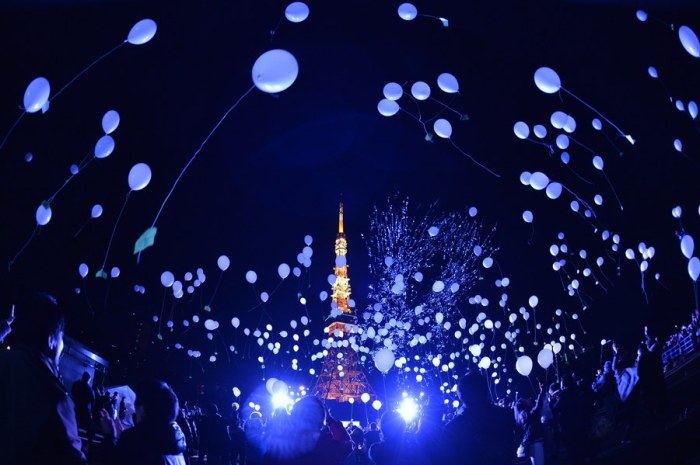Popping copious champagne bottles, banging pots and pans at the stroke of midnight and pretending to know the words to “Auld Lang Syne” are just some the ways many people ring in a New Year.
Unlike some other holidays, people around the world celebrate New Year’s in similar ways — and have been doing so for thousands of years.
“We have all these rituals designed to get the sun back,” Anthony Aveni told Live Science. He said that a number of our end-of-the-year customs were created to drive evil spirits away during the darkest days of the coming year. Aveni, an astronomer and anthropologist at Colgate University in Hamilton, New York, penned “The Book of the Year: A Brief History of Our Seasonal Holidays” in 2004.
Live Science broke down several of our New Year’s traditions. Here’s a look at how some of our favorites came to be.
The midnight kiss
Fight off any evil entities — and give yourself a little good luck — by laying a big one on your loved ones, a custom that’s been around since the Yuletide celebrations of ancient Germanic peoples in the 4th century. As we head into a these dark days, “You want to be closest to those who support you,” Aveni said.
Resolving to resolve
There’s no better time, really, to vow to be better in the year ahead than after the night of hard reveling often seen on New Year’s Eve.
“The next day, you’ll wake up and hopefully you’ll have your resolutions to do the next year better,” Aveni said.
Though they weren’t always about improving one’s self, resolution making has ties to Babylonians pledging loyalty to their gods as part of their spring harvest celebration 4,000 years ago. Centuries later, the Romans began similar loyalty customs for their emperor. Additionally, the Methodist church began faith-renewal services on Dec. 31 in the mid-1700s, which encouraged taking a look back at the past year and committing to God in the year ahead.
Bottoms up, bubbly
Champagne is a given on New Year’s Eve, but did you know its origins aren’t French, but English?
Yep, back in the 1500s, the Brits learned how to make bubbly drinks, and by 1789, the French ran with it and eventually made champagne the celebratory libation it is today.
Drinking to celebrate, though, actually has its ties to Christian customs that date back to 496 A.D., making it arguably one of the oldest traditions we’ve adapted for New Year’s.
“Should old acquaintance be forgot”
Based off a traditional folk song, Scottish poet Robert Burns wrote “Auld Lang Syne” in 1788. Since then, it’s been the first song many hear in the New Year.
Since we bet that, just like us, a lot of you pretend to know all the words, here’s a lyrics video for “Auld Lang Syne” so you can bellow with the best of them tonight.
Where did our New Year’s traditions come from?

Pixabay


















